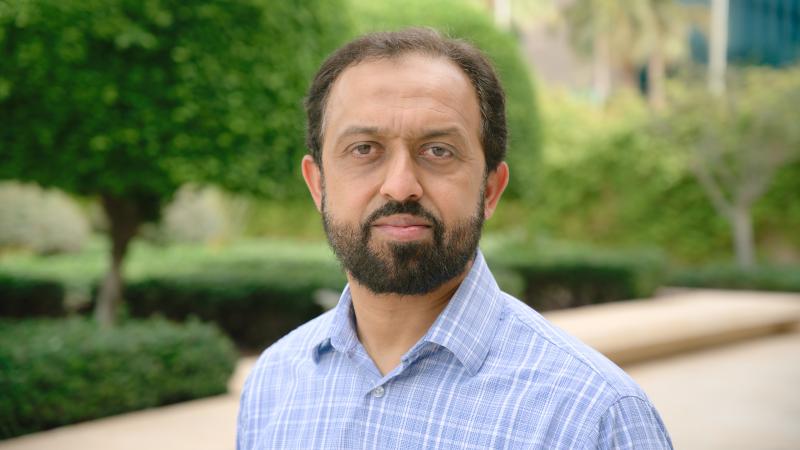Injuries that fail to heal within three months, such as many diabetic foot ulcers, can require years of treatment and significant healthcare resources. A sensor-laden bandage developed by a research team at KAUST promises to reduce the burden on hospitals and enhance patient well-being by transforming how chronic wounds are monitored.
Researchers are working on new kinds of wearable sensors that alert users outside the hospital environment of potentially concerning changes in body temperature, heart rate or blood pressure. Chronic wound monitoring, however, has received less attention from device designers. One problem is that subtle forces that disrupt healing, such as bacterial infections, are difficult to detect with automated systems.
Associate Professor Atif Shamim from the Electrical Engineering program at KAUST and his Ph.D. student Muhammad Farooqui set out to design a smart bandage that monitors three parameters simultaneously—bleeding, pH levels and external pressure—to provide realtime updates on wound status using wireless technology.
The team’s consultations with medical professionals revealed that variations in a wound’s pH level may indicate bacterial attacks. Combining this data with warnings about excess blood or pressure could alert users of the need for attention and help prevent ulcers from becoming chronic. Producing multi-component sensors on stretchy bandage strips required a rethink about traditional microscale fabrication. Shamim and Farooqui used inkjet printing to directly pattern conductive carbon and silver ink onto plastic substrates.
“Inkjet printing is a very suitable method to put electronics on delicate, flexible and unconventional mediums,” Shamim said. “It’s a low-cost manufacturing process, so it helps to keep this technology affordable and disposable.”
Read the full article
